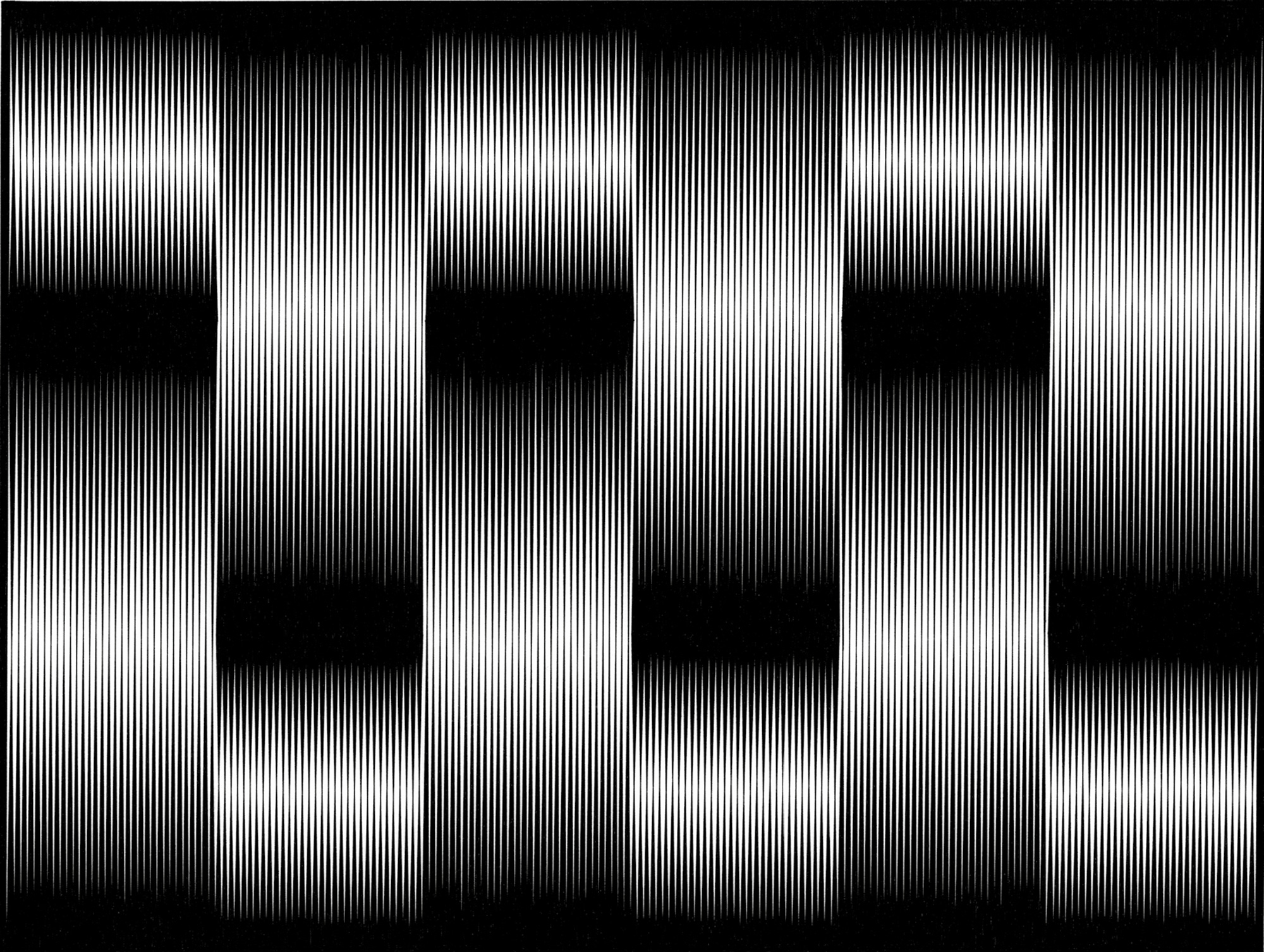We Are on the Same Page, Only There Is No Page
Some words on the vibe and how to feel it
Tim Griffin and Lars Bang Larsen
Vibes abound but cannot be defined. In fact, you are not supposed to ask about the vibe; it shuns language. Unless you are already tuned in, vibrational scholastics like the following text are not going to help you. The vibe is not ecstasy or illumination, but something more conceptual and frail. Its form is infrastructure, connectivity, a few truthful frequencies of innervation. Receptivity to the vibe is prerequisite for entering the sharing of love and folly that travel here as flows of smooth, colorful traffic.
In The Psychedelic Experience: A Manual Based on the Tibetan Book of the Dead (1964), Richard Alpert, Timothy Leary, and Ralph Metzner taught a generation to get rid of itself with hallucinogens. The manual is a guide through the psychedelic experience, with the aim of attaining ecstatic illumination through ego-loss by transcending what they call game existence—“behavioural sequences defined by roles, rituals, goals, strategies, values, language, characteristic space-time locations and characteristic patterns of movement” that are opposed to so-called non-game behavior, which includes “physiological reflexes, spontaneous play, and transcendent awareness.”[1]


The tripper will realize that physical reality is waves, vibes. In the drug vision, the world has been “kinescoped” into shimmering energy patterns in which “all solidity is gone,” as it is described in a turn of phrase that recalls Marx.[2] Subject-object relations disappear, and things, concepts, and forms collapse into “electrical vibrations.”[3]
Beyond this, sound is the materiality privileged by the vibe. Thus, in the trip there are “internal process sounds”: clicking, thudding, clashing, soughing, ringing, tapping, moaning, shrill whistles. In timeless rituals, Tibetan lamas reproduce the internal sounds with drums, cymbals, conch shells, bells, timbrels, small clarinets, and human thighbone trumpets, interpreting “the natural sounds of Truth.”[4] In the trip’s dramatic auditory visions, “nothing exist[s] except the needle-clear resonance on the tympanic membrane.”[5] This is all evocative of the original title of the Tibetan Book of the Dead that the turned-on Harvard professors omitted in the version that they created for the Western Aquarian reader: Bardo Thödol, or “Liberation by Hearing on the After-Death Plane.”[6]
At this point in the text, however, another sound is introduced, interrupting the blissful notes of higher realities as well as the messianic drone of the authors. Once the tripper is freed from the stimulus shield of the game structures, the direct impact of waves will be like “a raw tattoo of sound.” To the subject who has refused to let go—the uptight one—this will bring something other than harmony: